[Editor’s Note: OSV contributor Crystal attended this amazing performance in Japan earlier this month, so be sure to check out her detailed coverage!]
Are you a fan of Studio Ghibli? Well, Nausicaä of the Valley of the Wind was the soundtrack of the month pick back in June on OSV, and Miyazaki’s stream of megahits have likely caught you attention over the years. Composer Joe Hisaishi is huge in Japan, and on August 4th and 5th, what was originally planned to be two performances turned into three to meet the raving demands of those couldn’t get get tickets in time. The event featured performances by Hisaishi, a 200 piece orchestra, and a 400 piece choir.
Featuring music from across his 25 years with Studio Ghibli, this was an event to remember. Even if you’re not a fan of Studio Ghibili’s works, the sheer size of this performance was something to see.
Check out the set list, additional photos, and complete impressions of the final evening’s performance after the jump.
I was at the third and final show, with thousands of people beside me who braved a thunderstorm to come to the concert. Outside the Budokan venue there were little tents where staff members were selling programs, CDs, and DVDs. I ended up getting a program for 2000 yen. It’s actually a really nice program. It features pictures of all the major movies and Hisaishi checking out the Nippon Budokan venue. In the back of the booklet, there’s sheet music for all the major songs like Totoro and Ponyo which I thought was a really nice touch.
Inside, on the ground floor, a person dressed as Totoro was interacting with the kids there, and the screens set up throughout the venue displayed scenic backgrounds of forests and villages from Miyazaki’s films, as well as some ads for a museum exhibit on Ghibli art. On the ceiling, there was a huge Japanese flag. It was a full house. There was a line of people who wanted to buy tickets at the door, including some foreigners here and there, showing how popular Studio Ghibli and Joe Hisaishi’s music really are.
Two choirs were featured at the performance. The adult choir was positioned on a balcony with their own choir director, and the kids choir, called “The Little Singers of Tokyo,” were dressed all in white on a platform behind the musicians. I sat stage-side, and I had an adequate view of the stage and the grand piano. I was somewhat able to see Hisaishi’s hands on the piano and the back of his head during the show. Video screens and cameras positioned throughout the venue made it possible for everyone in attendance to see the performance, however, which included people up in the rafters like me.
It was interesting to watch Hisaishi during the show, as he doubled up as the conductor and the pianist. He got a lot of exercise during the concert alternating between both positions. Many times he had to wipe the sweat from his forehead. He definitely knows how to work a crowd, and it was great to see him performing his music live for his fans.
Well, on to the music! The concert opened with selections from Nausicaä of the Valley of the Wind. I admit that I’ve never seen this movie, so I’m not too familiar with the music here. There’s this part in “Requiem” where the Little Singers of Tokyo sing “la la la,” and this combined with the notes being played by the bass and cellos created an almost chilling, ghost-like effect [Editor’s Note: This “la la la” segment is a motif that’s repeated throughout the Nausicaä score, and sounds like it was awesome to hear live.]
Princess Mononoke was next on the list. This science fiction/fantasy film with ecological undertones is pretty heavy in meaning. The score itself seems to have its own message as well. The score has a bombastic use of bass, drums and rich strings. The selections were as follows: “The Tale of Ashitaka,” “Tatarigami,” and “Mononoke Hime.” The adult chorus was featured throughout “The Tale of Ashitaka,” while “Tatarigami” made use of the triangle to signify the steady beating of the war drums. The choir helped create a chaotic atmosphere of war and destruction along with singing featuring an ascending scale and faster tempo. A small transition of Hisaishi’s piano playing segued into the “Princess Mononoke” theme. The soprano, Masako Hayashi, was raised onto a platform between the Little Singers of Tokyo. The staff did a good job bringing Hisaishi’s piano and the soprano’s voice to the forefront of the mix. Next she was joined by the Ritsuyukai Choir. Their combination was quite powerful. Her voice got higher and higher and she hit every note perfectly. It was so beautiful that it brought tears to my eyes.
Next up was Kiki’s Delivery Service. “A Town with an Ocean View” came first, with the whole strings section playing the melody pizzicato. The second verse featured woodwinds with the pizzicato violins in the background. There was an amazing clarinet solo midway through as well. The arrangement was very rich and almost warm and motherly. Whereas the original version seemed to use an accordion, it wasn’t featured here during the concert, but the arrangement was just as good. I actually cried during some parts of “Mother’s Broom,” when the violin soloist played with such emotion and passion. I felt my eyes getting watery without my being able to stop it.
The recently released Ponyo on the Cliff by the Sea took up a good portion of the concert, with 5 songs being performed in total. The film has some ecological themes, but they’re not as deep as Princess Mononoke. For the most part, the Ponyo film and its score are much lighter and the use of choir makes it very fluid. I would say the film is pretty easy to understand, similar to My Neighbor Totoro as far as the plot goes.
The first song was “The Deep Sea Ranch,” followed by “Mother of the Sea,” which was sung by soprano Masako Hayashi. The ceiling was bathed in sea-green and blue lights with shapes of seashells and fish. After she finished, Hisaishi went over for a handshake, but she gave him a bear hug. The audience was laughing and obviously he was very happy.
There were some parts in “Ponyo of the Fish of the Wave” that reminded me of “Ride of the Valkyries” by Wagner, especially when the tuba and heavy brass were used. Next was “Fujimoto’s Theme.” I think this is on the Image Album, and I loved the sound of it. There’s something sinister about the song with the use of the oboe in combination with the vocals by Fujioka Fujimaki. The tempo was slow and the vocals had this sharpness to them. The next song was called “Rondo of the Sunflower House”. It was sung by Mai and this was also from the Image Album. “Ponyo on the Cliff by the Sea” was sung by Fujioka Fujimaki and Nozomi Ohashi, and was quite addicting. The little girl on stage was soooo… cute in this red dress. It made her look like Ponyo as she imitated little fish fins at her side with her hands and Ponyo’s fat body which is what the lyrics were describing. The children’s choirs did the little hands movements along with the little girl. It was nice to see such unison. The ceiling during this segment was bathed in red and yellow lights with images of fish and seashells. The audience was surprisingly quiet. Usually people will start clapping to the beat at these shows, but this audience stayed quiet the ENTIRE concert. It was still a fun song, and I was singing it on the way home.
Usually when the orchestra members leave, there is an intermission where people go to the restroom and whatnot. Even though the orchestra members had left, the choirs were still there, and Hisaishi was still there on his podium. Hisaishi went without stopping. Moments later, on the sidelines, a marching band and winterguard/colorguard spread themselves out on the ground floor. He conducted the Laputa section to the marching band and chorus. In retrospect, I think this was a good choice. It was nice to get a different spin on Hisaishi’s music with a marching band instead of having the orchestra there the whole time. The marching band certainly did a good job. According to the program booklet, I think they were from junior high schools in Nihonbashi, Tokyo and Kawasaki prefecture.
During this time, some brass band members from the orchestra came back for Porco Rosso’s melancholic waltz titled “The Bygone Days.” The first verse was played by Hisaishi on piano, and his performance was so vibrant and lively. The second verse was played by the brass section, and the screen showed images of planes flying in the air. It really felt like it could be played in Gina’s restaurant or at a nice jazz bar. The clarinet had a nice little solo as well. I can’t tell you how much I loved this segment.
The orchestra members then came back from their break, and the Howl’s Moving Castle portion followed. I’ll admit that, excluding the main theme, “Merry-Go-Round of Life,” this is my least favorite score from Hisaishi. When “Cave of Mind” was played, the whole theater was rather dark, save for this blue light projected onto the audience from the very top rafters. The trumpet solo in his piece was noteworthy.
The Spirited Away portion was great. Hisaishi introduced Jpop singer Ayaka Hirahara as a friend of his, which got me excited because I’m a huge fan. She sang “One Summer’s Day” and “Futatabi.” She has one of the nicest voices ever, and this was the third or so time I found myself crying during this performance. She’s really impressive, changing her pitch several times within the same breath. She provides different inflections that create a unique experience each time she sings the same phrase.
Last on the program was his signature score, the score that he is best known for in Japan: Totoro. “Kaze no Toori Michi,” (The Path of the Wind) was unfortunately really short. “Sanpo” (Stroll) was really well done, and made up for the short piece prior with a long performance. Similar to the arrangement on the Totoro Orchestra Stories CD, all the singers came out and took turns singing a verse. Even the instruments each took turns with the verses. It was a fun and happy song, and I noticed some audience members bobbing their heads to the beat, but no one was clapping surprisingly.
The next video clip was from Miyazaki’s visit to Pixar Studios. The clip showed Miyazaki singing “Sanpo” (Stroll) in Japanese quite happily. John Lasseter, the head director of Pixar, was standing there grinning blankly and clapping.
Ending with “My Neighbor Totoro,” and the entire chorus singing was probably a good choice. The song probably was meant to carry them to the final stretch and leave the audience with good feelings as they left the venue.
Everyone in the audience oohhed and aaahhhed when Miyazaki was projected on the TV screen walking up to Hisaishi with a bouquet of flowers. His little attendant was in front, guiding him towards the stage, maybe afraid that he’d get lost. Hisaishi graciously took the flowers and they shared a few words and he walked back to his seat. The producer, Suzuki, was there in the audience too, but he stayed in his seat which was in the back of the auditorium, next to the engineers.
Then came the encore with one of my favorite songs, “Madness” from Porco Rosso. When Hisaishi started playing it, I let out an internal cheer of joy. I had been disappointed when the program had only shown one song from Porco Rosso, and it wasn’t “Madness.” I really love this one. The song itself conveys the feeling of escape through flight. The orchestra and Hisaishi were playing notes frenetically and chaotically but I was loving every minute of it. I’m amazes me that he can write such dramatic and suspenseful music, the kind that keeps you on the edge of your seat. When the song ended with a loud bang, party streamers shot up on cue and showered the front half of the ground floor guests with confetti. Everyone down there on the ground floor loved it. Afterwards, they projected Miyazaki’s face on the screen and he was clapping. Then he stood up and in turn, the rest of the audience did so to give him a 5 minute standing ovation.
This wasn’t all, however, as there was another encore performance, “Ashitaka and San” from Princess Mononoke. For the first two verses, it was just Hisaishi on piano. Despite it’s simplicity, it was absoluteky glorious. I already had tears in my eyes, making this the fourth time. While it looked like he was banging on the keys, he did so with such feeling and love that I couldn’t help but be moved. The video screen showed images of the beautiful green landscapes from Princess Mononoke. The clarinet and cellos had their own solos here, which were absolutely beautiful. The children’s chorus sang beautifully giving this song such a heavenly feel. Later, they were joined by the adult choir for support.
The applause after this was thunderous and they continued for almost 10 minutes it seemed. He bowed gracefully and even waved to the audience way up in the rafters. The adult choir members were also clapping and the musicians were tapping their sheet music stands in agreement. All the special guests came out and bowed and shook his hand.
After that, it was over. But I didn’t want it to end. I easily cried 4 times during the show. To think that he’s been entrusted with creating Ghibli’s music for over 25 years is quite an amazing feat. His music is rich and it does more than its share to support the Ghibli films musically and emotionally. He’s nothing short of a genius.
A short version of this concert will be broadcasted on NHK on 8/31, and the whole two hour version on NHK BS2 on 9/23. So find a friend in Japan to record it for you!
Are you a fan of Joe Hisaishi? What is your favorite Hisaishi score from his 25 years with Studio Ghibli?
Set List
Nausicaa of the Valley of the Wind
1. Opening [Legend of the Wind]
2. Requiem ~ A Battle Between Mehve and Corvette
3. Tooi hibi (Days Long Gone)
4. Tori no Hito (Bird Person)
Mononoke Hime
5. Ashitaka Sekki (Tale of Ashitaka)
6. Tatari gami (The Curse God)
7. Mononoke Hime (Princess Mononoke) , Vocal: Masako Hayashi
Kiki’s Delivery Service
8. Umi no Mieru Machi (A Town with an Ocean View)
9. Shoushin no Kiki (Heartbroken Kiki)
10. Kaasan no Houki (Mom’s Broom)
Ponyo on the Cliff by the Sea
11. Deep Sea Ranch ~ Mother of the Sea, Vocal: Masako Hayashi
12. The Ponyo of the Fish of the Wave ~ Fujimoto’s Theme, Vocals: Fujioka Fujimaki
13. Rondo of the Sunflower House, Vocals: Mai
14. Mother’s Love ~ Little Sister ~ Mother and Sea’s Song of Praise
15. Gake no ue no Ponyo (Ponyo on the Cliff by the Sea), Vocals: Fujioka Fujimaki and Nozomi Ohashi
Laputa: Castle in the Sky
16. Hato to Shounen (Pigeons and a Boy) with Marching band
17. Kimi wo Nosete (Carrying you) with Choir
18. Taiju (The Huge Tree)
Porco Rosso
19. The Bygone Days
Howl’s Moving Castle
20. Symphonic Variation ~ Merry-Go-Round ~ Cave of Mind
Spirited Away
21. Inochi no Namae (The Name of Life), Vocals: Ayaka Hirahara
22. Futatabi (Reprise), Vocals: Ayaka Hirahara
Tonari no Totoro
23. Kaze no toori michi (The Path of the Wind)
24. Sanpo (Stroll), Vocals: Chorus + All guest singers
25. Tonari no Totoro (My Neighbor Totoro), Vocals: Chorus
Encore
Porco Rosso
26. Madness
Princess Mononoke
27. Ashitaka and San
The main sign for the event. These people wouldn’t get out the way!
A huge amount of flowers for Hisaishi and Miyazaki from the guests and their friends.
Flowers from Walt Disney with love!
Tags: Concerts, Hisaishi, Miyazaki, Nausicaa, Ponyo, Studio Ghibli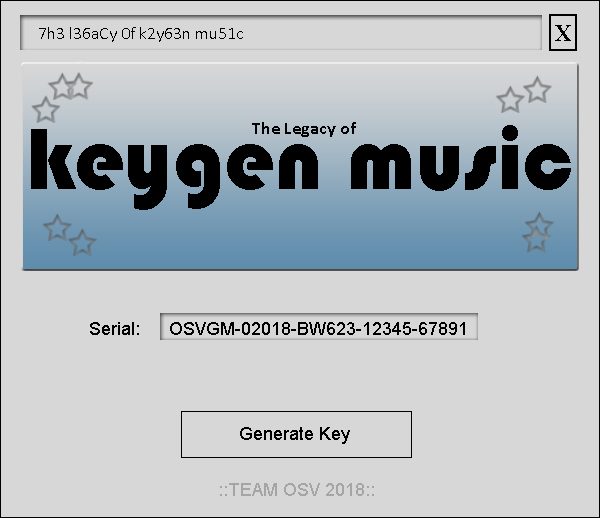
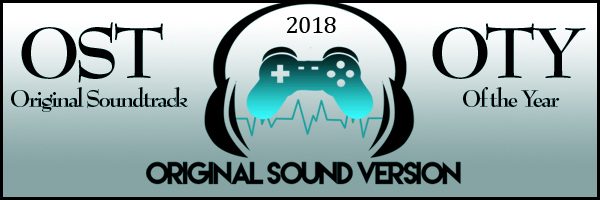
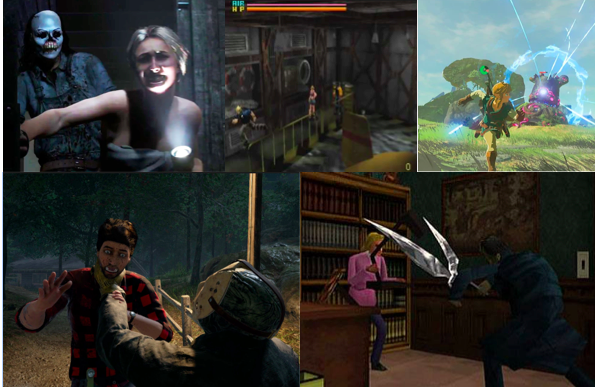
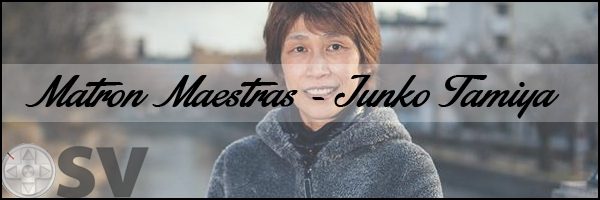
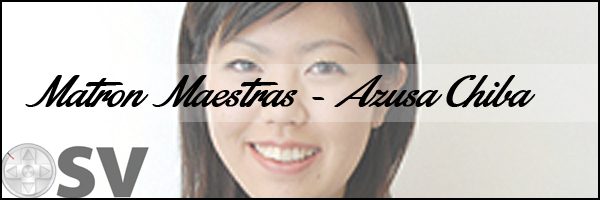
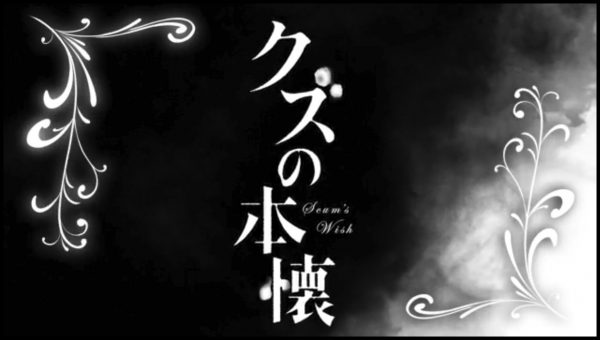


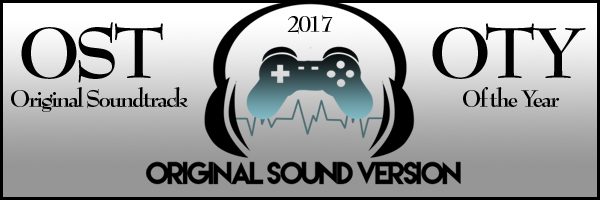
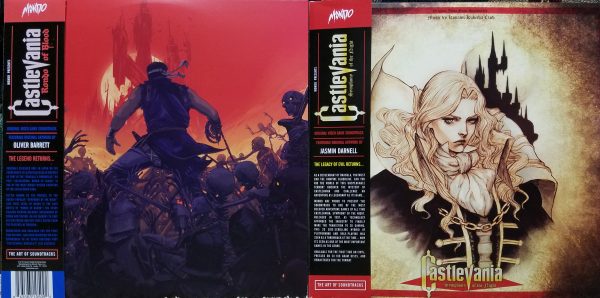
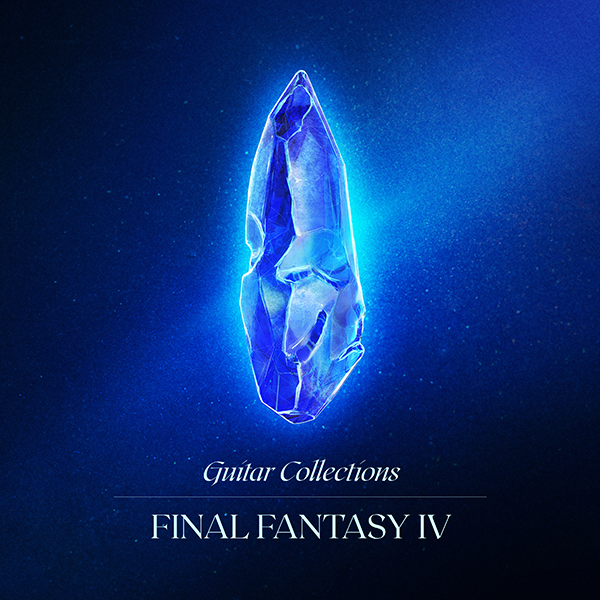


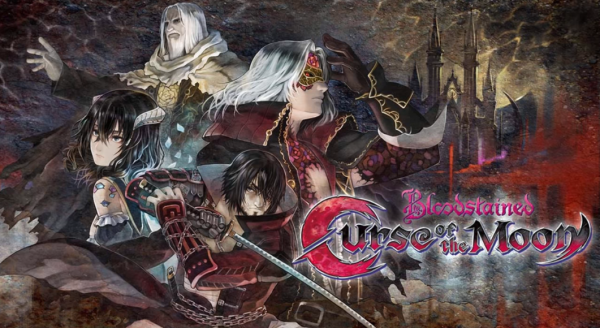
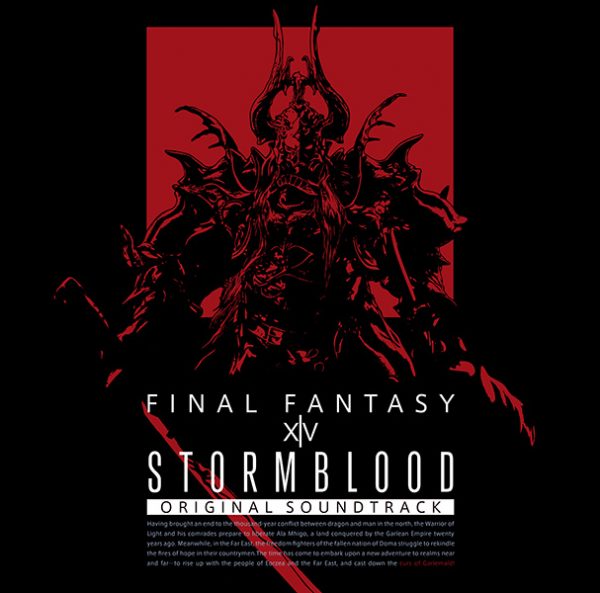
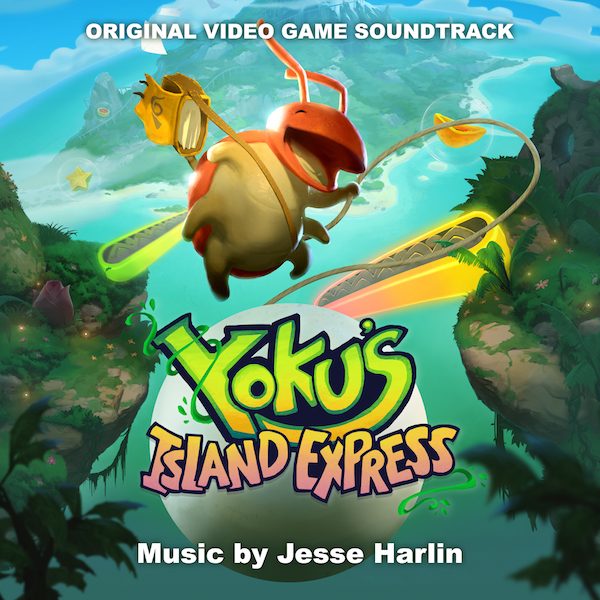
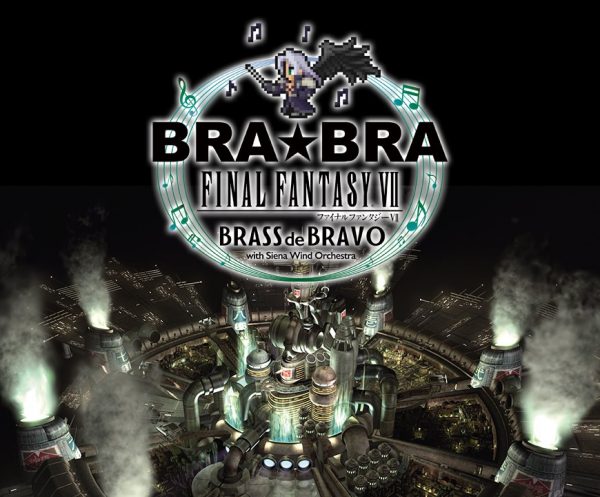
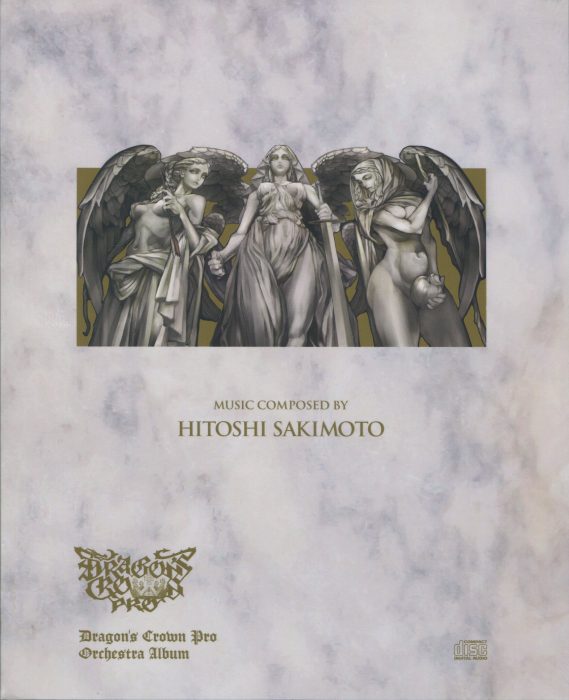
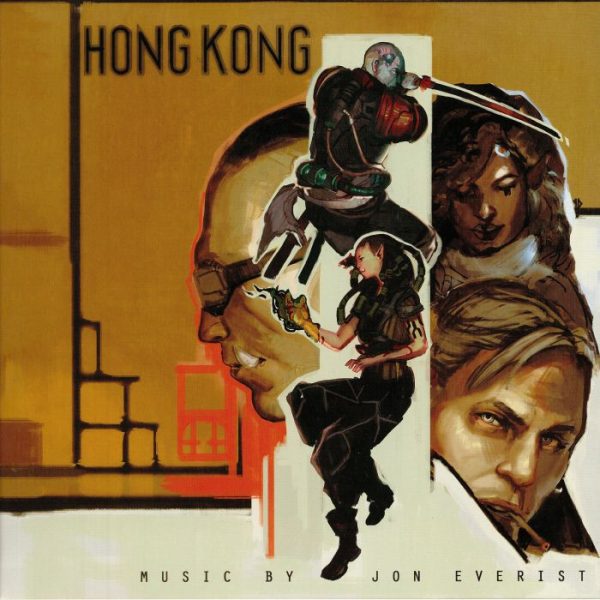
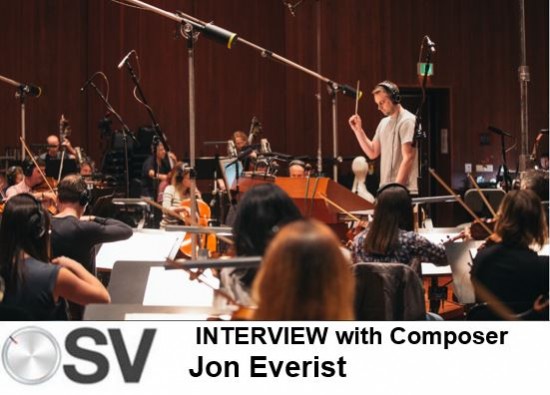
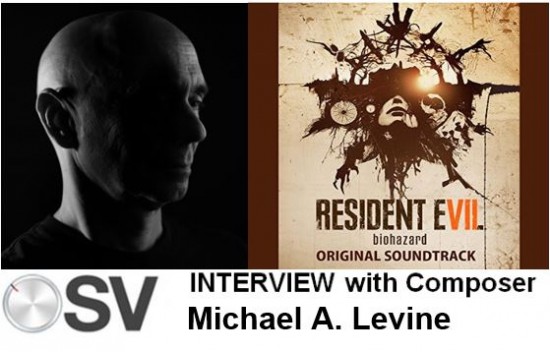
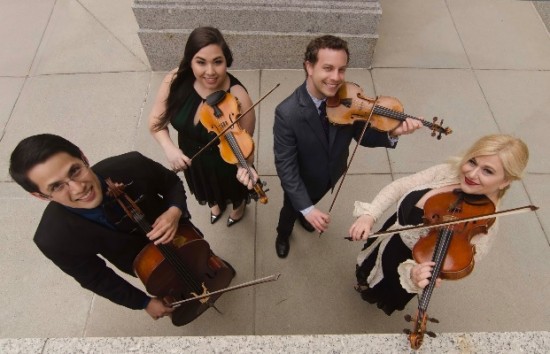
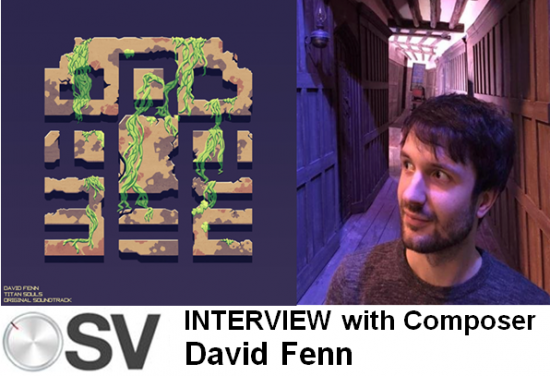
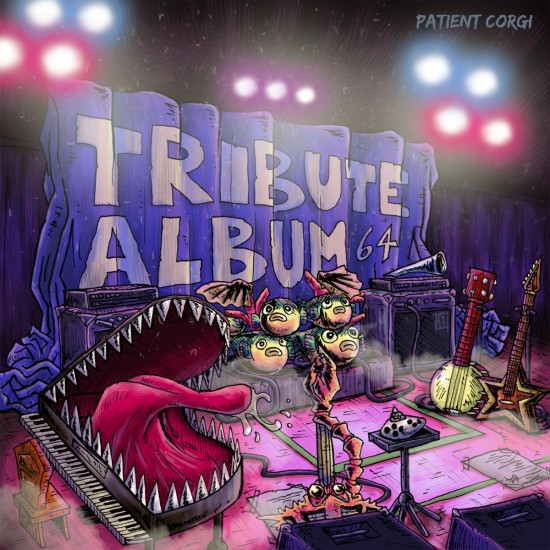
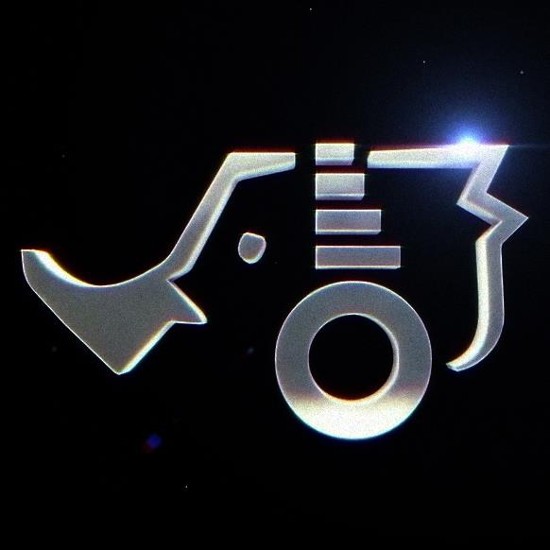
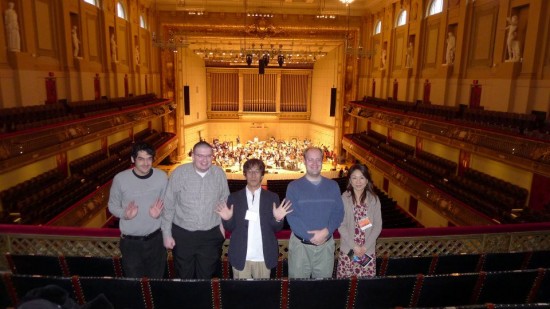
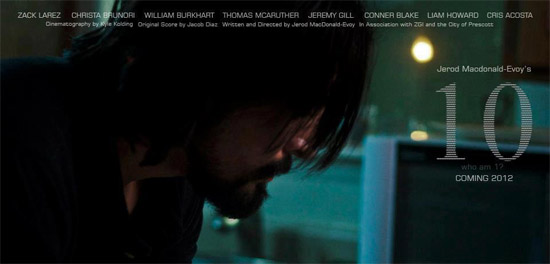
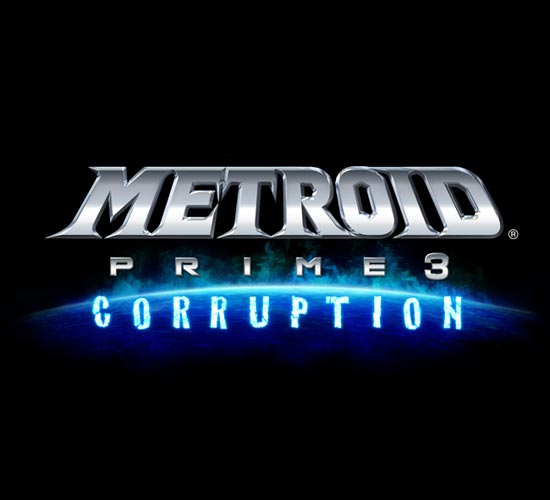


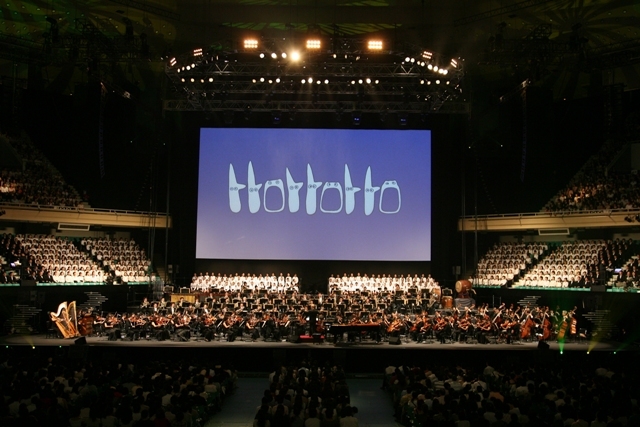
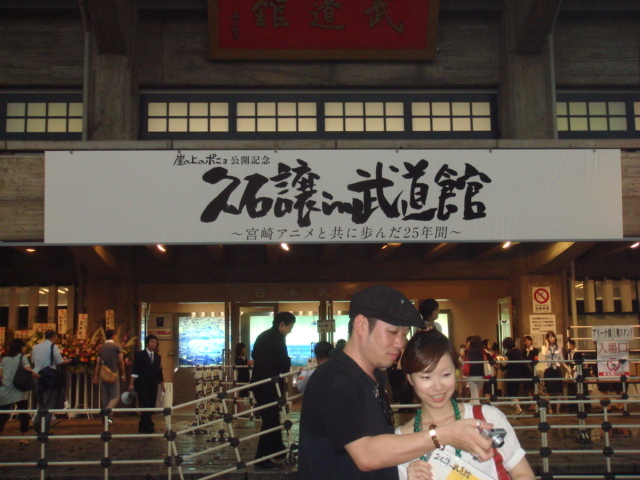
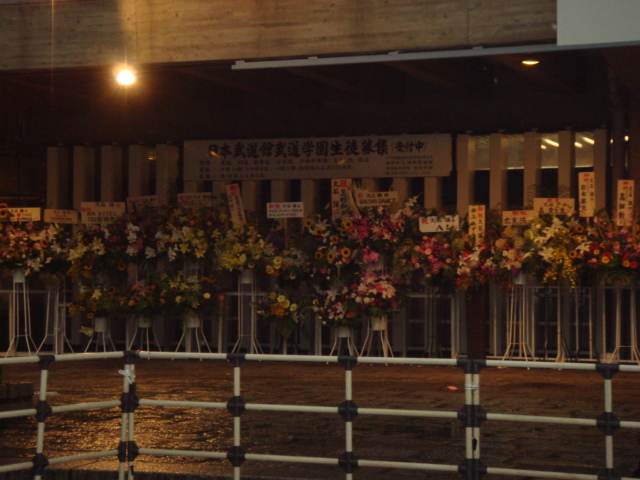
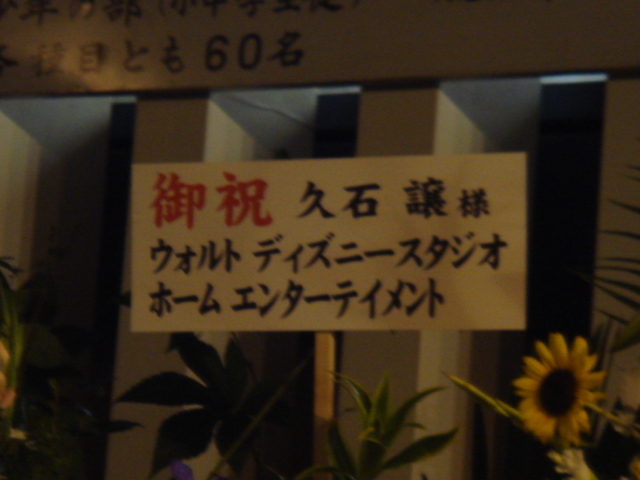
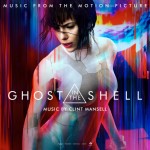
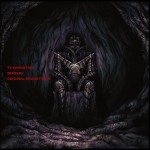
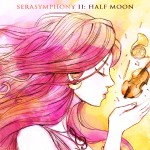
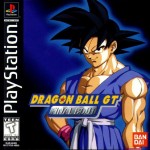

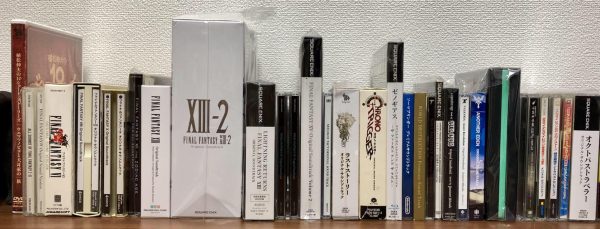
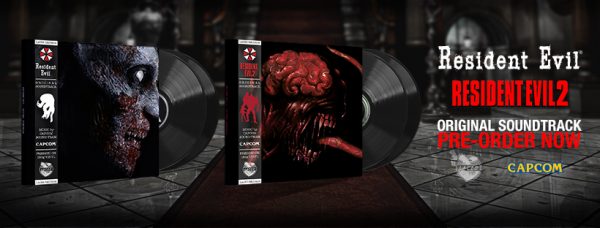

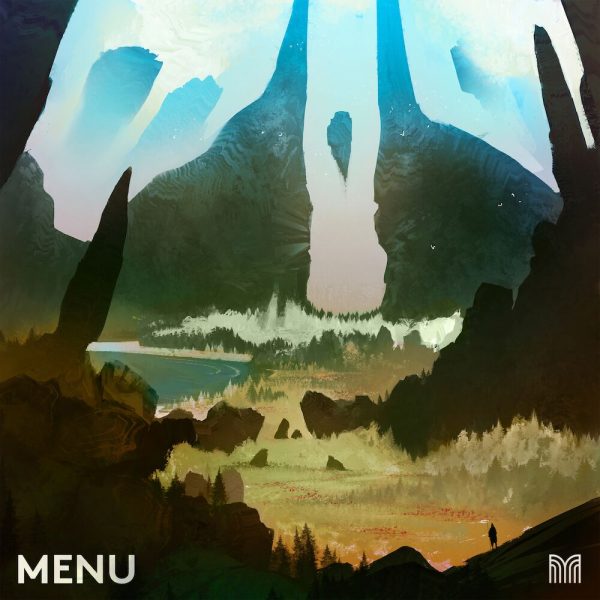
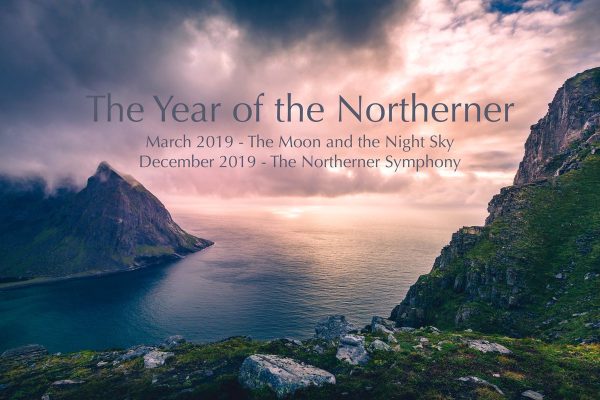
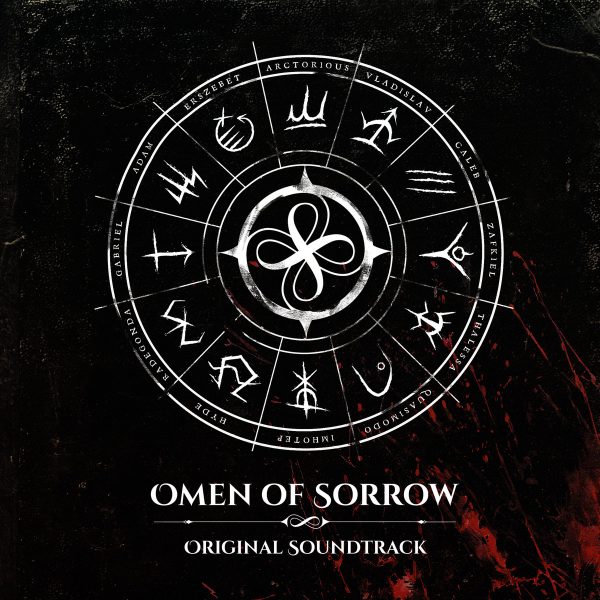
Wow. One of the lenghthiest reviews of a concert I’ve ever read, but it was well worth the read. It sounded like an amazing perfromance. I can’t wait to check out Ponyo. Also, flowers from Disney rules.
Man, I’d love to be able to perform his music with the original scores!
Great job Crystal. Loved your review!
Amazing job, Crystal.
I so jealous of you! iv always admired Hisaishi, ever since i saw Laputa all those years ago. My favorite Ghibli score by him is probably the score of “Howls Moving Castle”. i hope i can see a performance like this one day! great review 🙂
If you really want to see it, demonoid is sharing a torrent. I watch the Nausicca session and it brought tears. It’s excellent quality, about a 1.2GB avi file.
I found the broadcast concert – search for NHK and 20080923 for the entire broadcast or just check youtube for some songs. Unfortunately the Porco Rosso track “Madness” was not included in the broadcast.
Just to give you folks a heads-up…
There WILL be a DVD/Blu-Ray release for the Budokan concert, to be released on July 3rd. Go here, pre-order and be happy: http://www.cdjapan.co.jp/detailview.html?KEY=VWDZ-8130
If there’s any justice in this world, the two encores (Madness and Ashitaka and San) will be included in their entirety.
Ta & tata,
Christian
woow i am also jealous one of my bigest dreams is to see a concert of joe hisaishi i love his music i will alwais wait to listen a lot of his music i can only say that when i hear his music i feel like im floating in a big balley or in the sea
great review but i want to know if there will be a concert soon please tanks.!!!
[…] back on our Hisaishi/Miyazaki love for the time being, but they both deserve a lot of love. The concert writeup we posted on OSV a few months back, as well as the Nausicaä SotM update, are just some examples of […]
I hope you all have ordered the DVD/Blu-Ray?! It’s quite the spectacle and includes the two encores from Porco Rosso and Princess Mononoke.
Wonderful stuff all around, not to be missed!
This concert is amazing. I was able to watch the one hour shortened version of the concert, and it is just stunning. I wish I could watch the full two hour version, but there are no downloads available for the full version online. Joe Hisaishi not only has the command of the music world but also of the anime world. My goal in life is to go see him live one day in person (note that I am only a high school student). Stunning concert. I can’t imagine what it would have been like to be there in person.
As suggested above, the full concert on blu-ray (or two conventional dvds) is available from http://www.cdjapan.co.jp – I ordered both and was impressed with the service and the actual dvds.
There are also symphonic versions of the music from “Laputa: Castle in the sky” and “Princess Mononoke” available from cdjapan.co.jp as well as Ghibli soundtracks and image albums – if you like the music on the movies they are recommended.
Note: this sentence: “entrusted with Ghibli’s music for 25 years” is incorrect. Joe Hisaishi’s partnership is with Hayao Miyazaki, not Studio Ghibli. No non-Miyazaki films (Whisper of the Heart, Cat Returns, Grave of the Fireflies, etc) were scored by Hisaishi, his association is with Miyazaki as a director, not Ghibli as a studio. In fact he primarily does live action films apart from Miyazaki.
To be fair to the original reviewer, the concerts (and broadcasts and DVDs) were entitled the Japanese equivalent of Joe Hisaishi – 25 years with Studio Ghibli.
If you want a big non-Hisaishi Ghibli soundtrack, The Cat Returns is recommended.
As far as other Joe Hisaishi soundtracks go, I recently saw and enjoyed the movie Departures at a local cinema. The original music is very subtle, but works very well with the movie.
@Cornball: re-checking, the closest thing to an English translation of the DVD title I could find is: Joe Hisaishi in Budokan – Miyazaki Anime to Tomo ni Ayunda 25 Nenkan. The kanji version of the title on the television programme is identical to what appears on the DVD cover.
So yes, it would be more correct to use the term “25 years with Miyazaki”.
I bought the DVD version of this performance and am very unhappy with the video on Ayaka Hirahara’s performance. There is too much contrast and highlights and the audio on the whole DVD is muted so you have to turn up the volume on the DVD player. Does anybody know if the BlueRay version is better?
I have seen YouTube videos of her performance which looked a lot better in overall gamma, with good gain on the audio, and I can only surmise these were recordings off the TV that somebody uploaded. Of course all these YouTube videos have been pulled off YouTube at some point by NHK (one had over half a million views).
It’s ridiculous to me that the video on the 4700 yen DVD looks worse!
How much were the tickets to the concert?
Hey, I am wondering do you know the full name of the singer for Rondo of the Sunflower House? I can only find her name to be Mai. It’s kinda hard to search for her in youtube or anywhere.
To Reia : Mai is Joe Hisaishi’daughter! Her website (in Japanese) is http://www.sing-mai.com. You will have results if you search Mai + Joe Hisaishi written in Japanese.
[…] One of Japan’s most talented and prolific composers is Joe Hisaishi. According to People’s Daily (a Chinese paper), he has composed over 100 films and solo albums. To Western audiences, he is perhaps best known as the composer of all of Hayao Miyazaki’s films, from Nausicaä of the Valley of the Wind to The Wind Rises (2013). In August 2008, Mr. Hisaishi presented three concerts in Budokan, featuring the New Japan Philharmonic World Dream Orchestra, Ritsuyukai Choir and Little Singers of Tokyo, as they performed his works from 25 Years of Studio Ghibli films. A review of the third concert, featuring guest visitor Hayao Miyazaki himself, can be read here. […]
Thank you for this fantastic review! Would you happen to know the name of the concertmaster (first violin)? I could not find him on the World Dream Orchestra website. Thanks in advance.
@nickf: I imagine that info is lost to the void but I did forward your question to the original author of this review!
@nickf: From the author of the write-up:
I found out the concertmaster’s name.
It’s Yasushi Toyoshima
https://www.njp.or.jp/en/about/member
He’s there on the right, but he just doesn’t have his mustache anymore.
https://www.youtube.com/watch?v=nHxXPfjE5JA
Around 6:45 minutes
Really enjoyed this post.Really thank you! Keep writing. makaberzux
Really enjoyed this post.Really thank you! Keep writing. makaberzux
Really enjoyed this post.Really thank you! Keep writing. makaberzux